Animal Life news stories
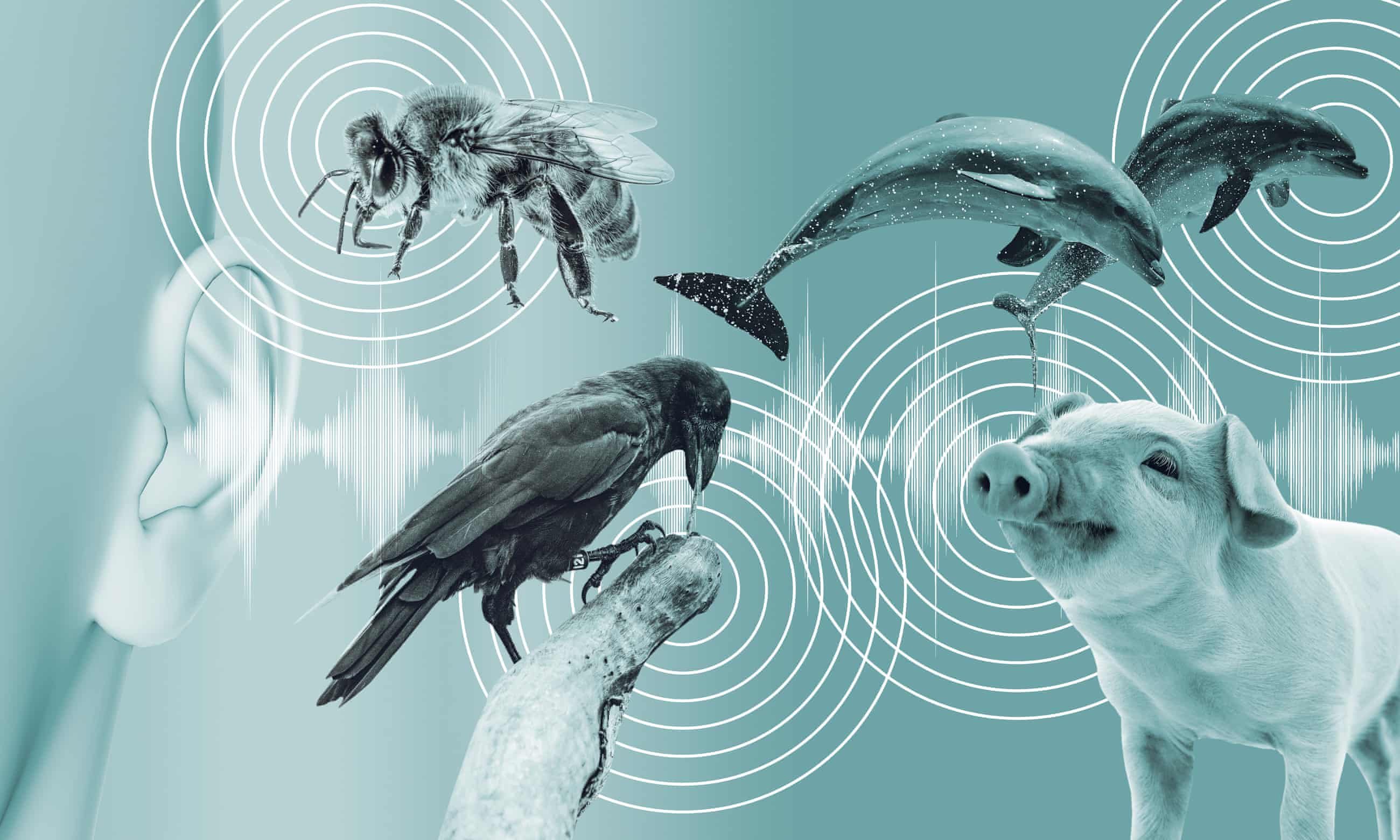
A California-based organisation wants to harness the power of machine learning to decode communication across the entire animal kingdom. But the project has its doubters
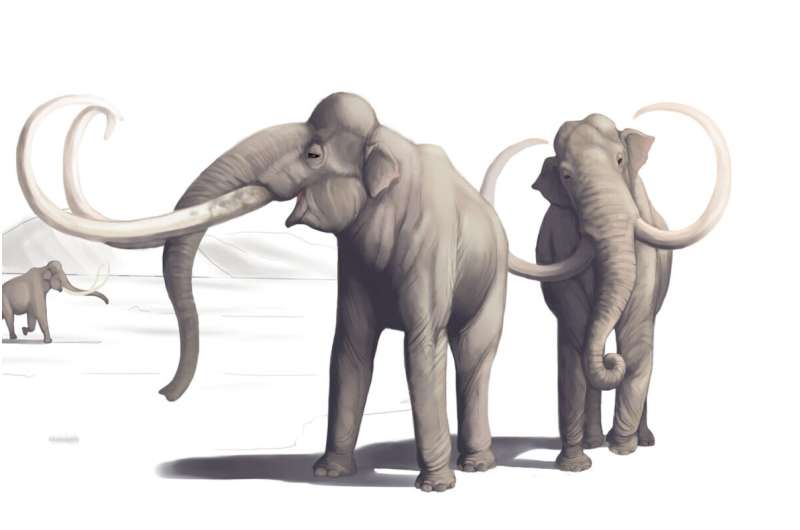
About 37,000 years ago, a mother mammoth and her calf met their end at the hands of human beings.
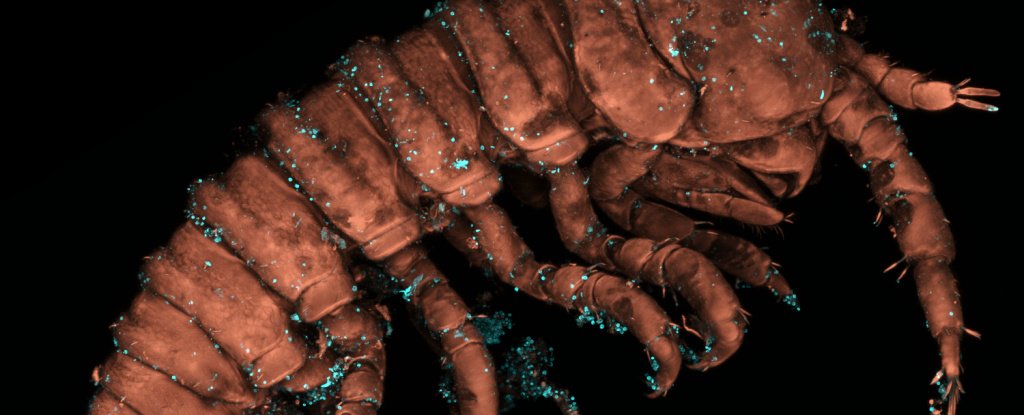
The study, conducted by research groups based in France and Chile, is the first to document a seaweed species that depends on small marine crustaceans bespeckled in pollen-like spores to reproduce.
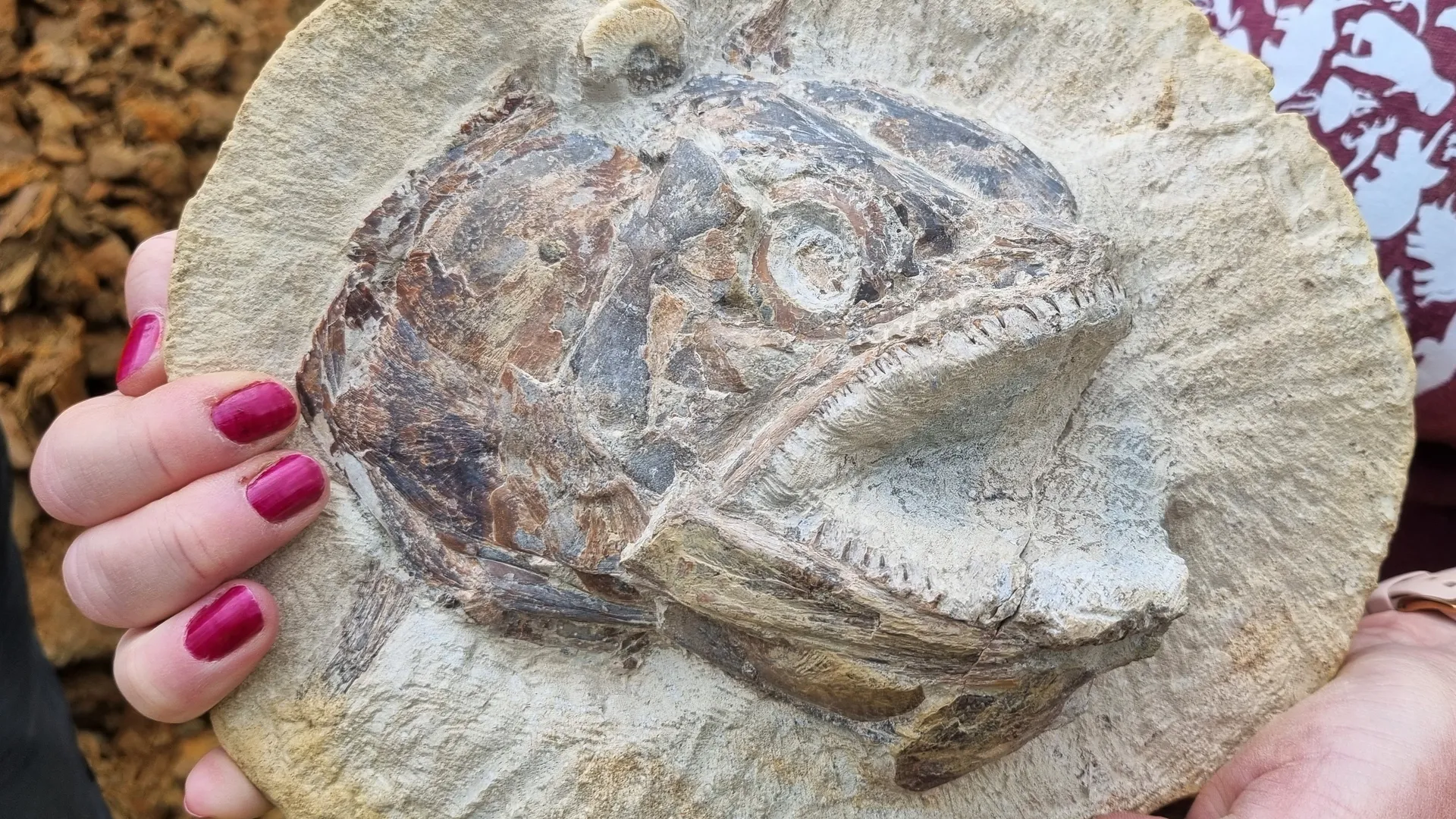
A farm in England was the unlikely source of a Jurassic jackpot: a treasure trove of 183 million-year-old fossils.
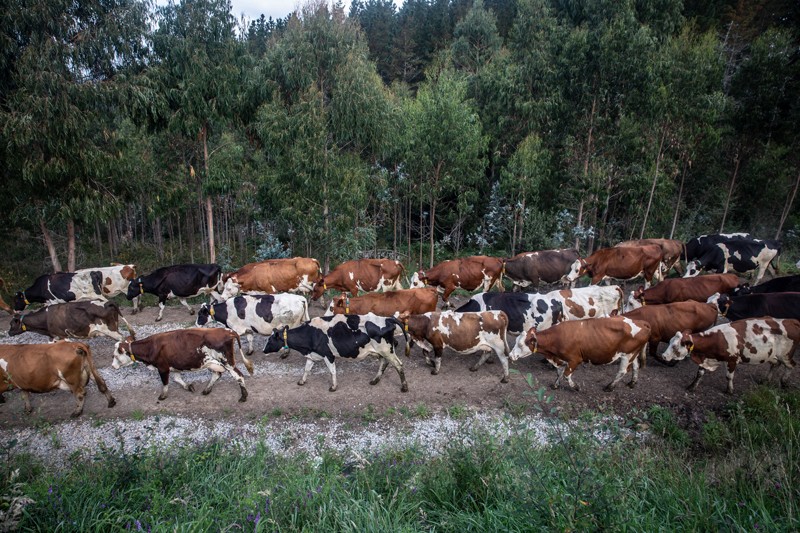
The dawn of dairy farming in Europe occurred thousands of years before most people evolved the ability to drink milk as adults without becoming ill. Now researchers think they know why…

Evidence from 252m years ago shows surviving animals bounced back stronger, fitter, faster and smarter.
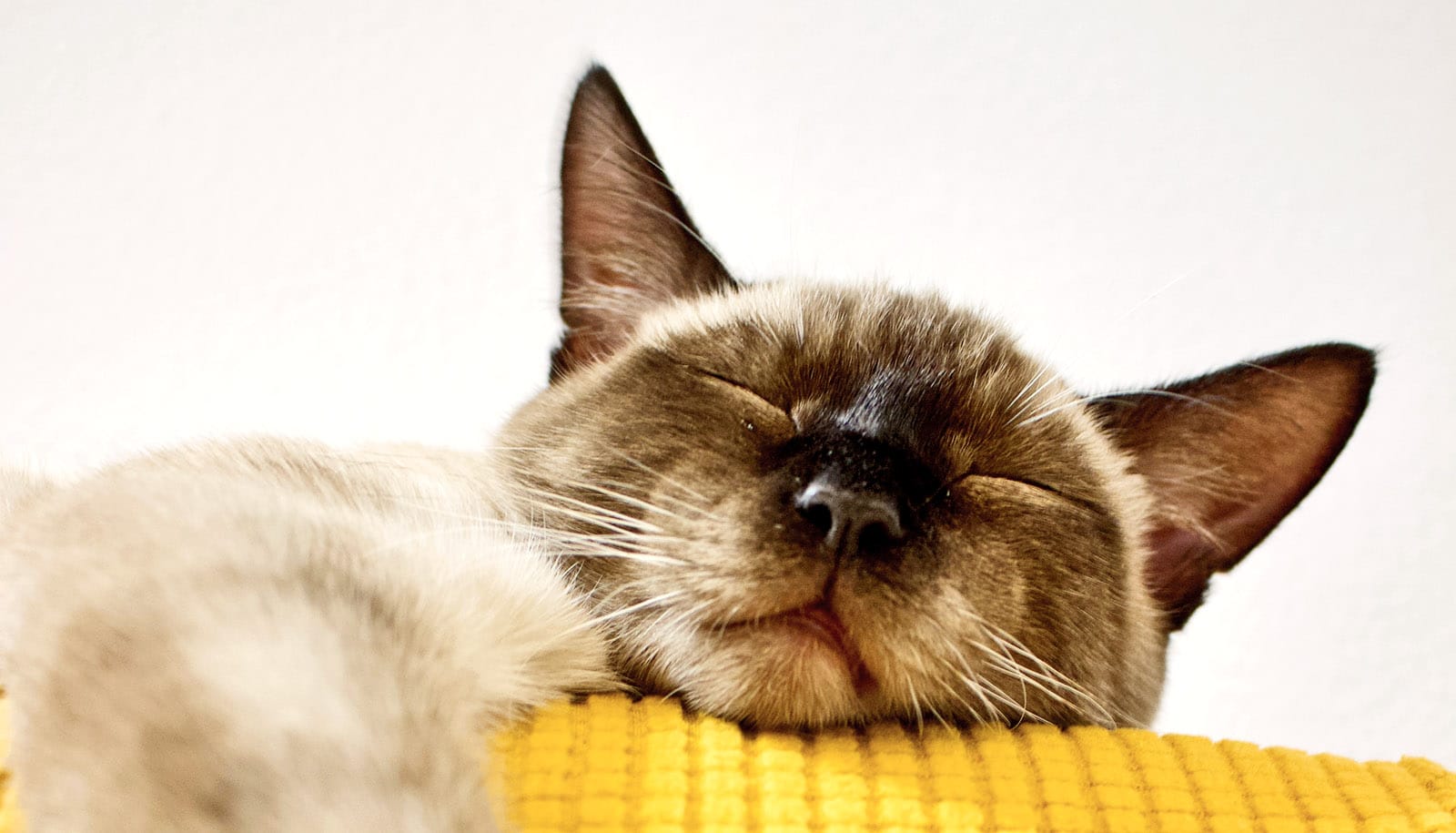
Do animals dream? And what would proof of their dreams tell us about their consciousness? In a new episode of the University of Chicago’s “Big Brains” podcast, Peña-Guzmán talks about the science of animal consciousness.
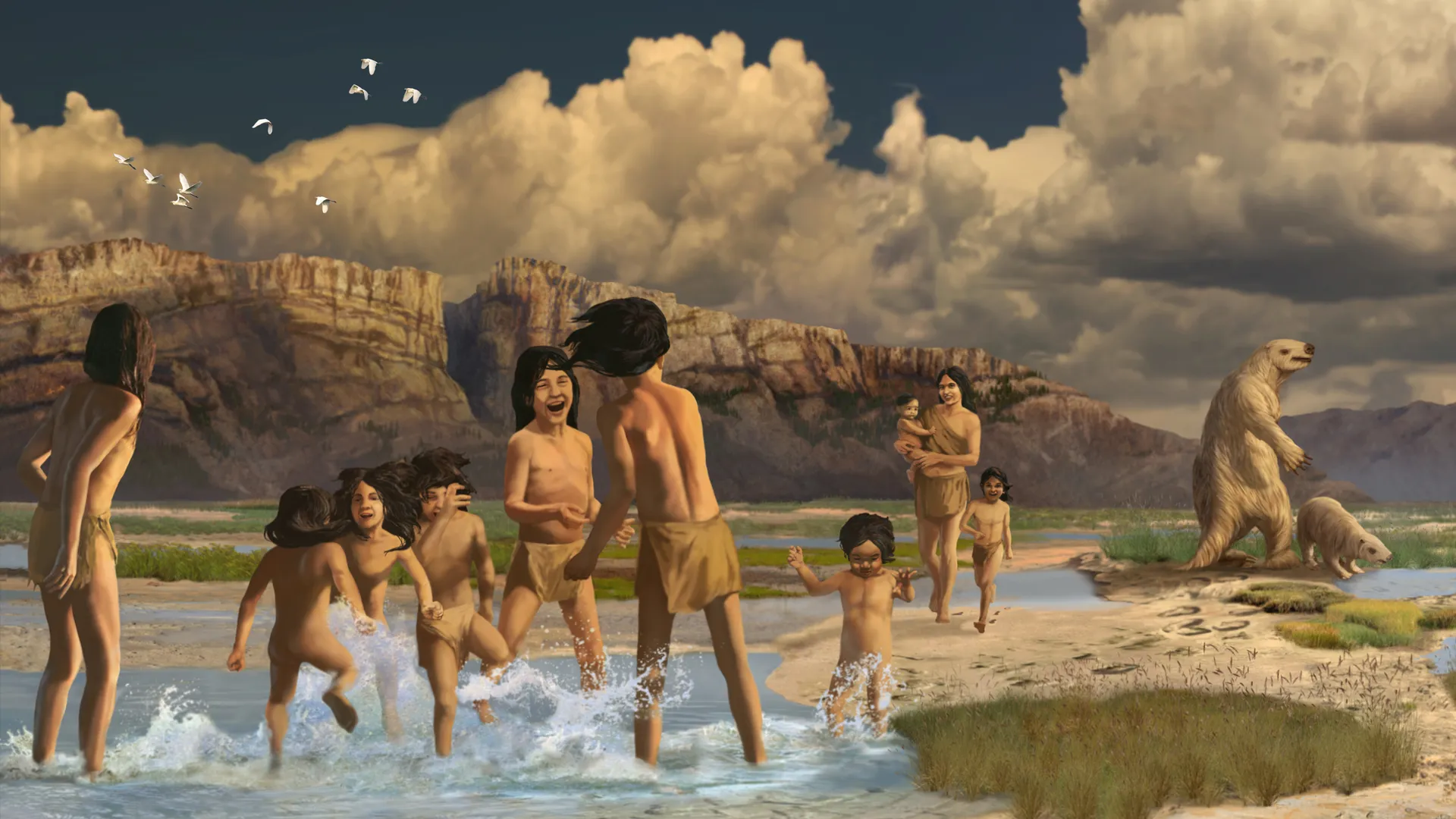
More than 11,000 years ago, young children trekking with their families through what is now White Sands National Park in New Mexico discovered the stuff of childhood dreams: muddy puddles made from the footprints of a giant ground sloth.

The 560-million-year-old specimen, which was found in Charnwood Forest in Leicestershire, is likely a forerunner of cnidaria – the group of species that today includes jellyfish.
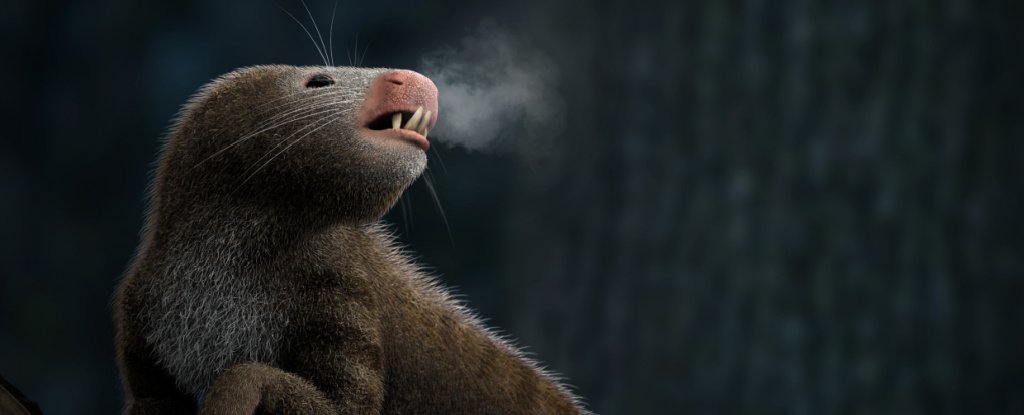
As the first dinosaurs were finding their feet around 230 million years ago, the ancestors of modern mammals were also emerging. Somewhere along the way they developed a remarkable ability: to generate their own warmth.
Researchers wanted to know how animals learn to walk and learn from their stumbling, so they built a four-legged, dog-sized robot to simulate it, according to a new study reported in Nature Machine Intelligence.
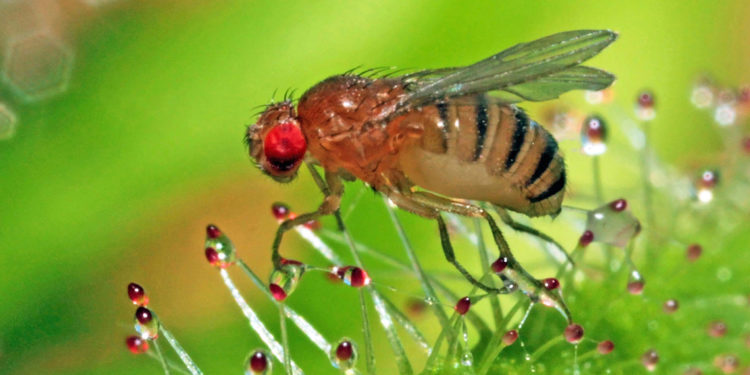
Scientists have taken an important first step into studying the effects of the psychedelic drug psilocybin — the active substance in “magic” mushrooms — at a cellular and genetic level. Their findings, published in Scientific Reports, indicate that a single dose of psilocybin produces a long-lasting antidepressant-like effect in flies.
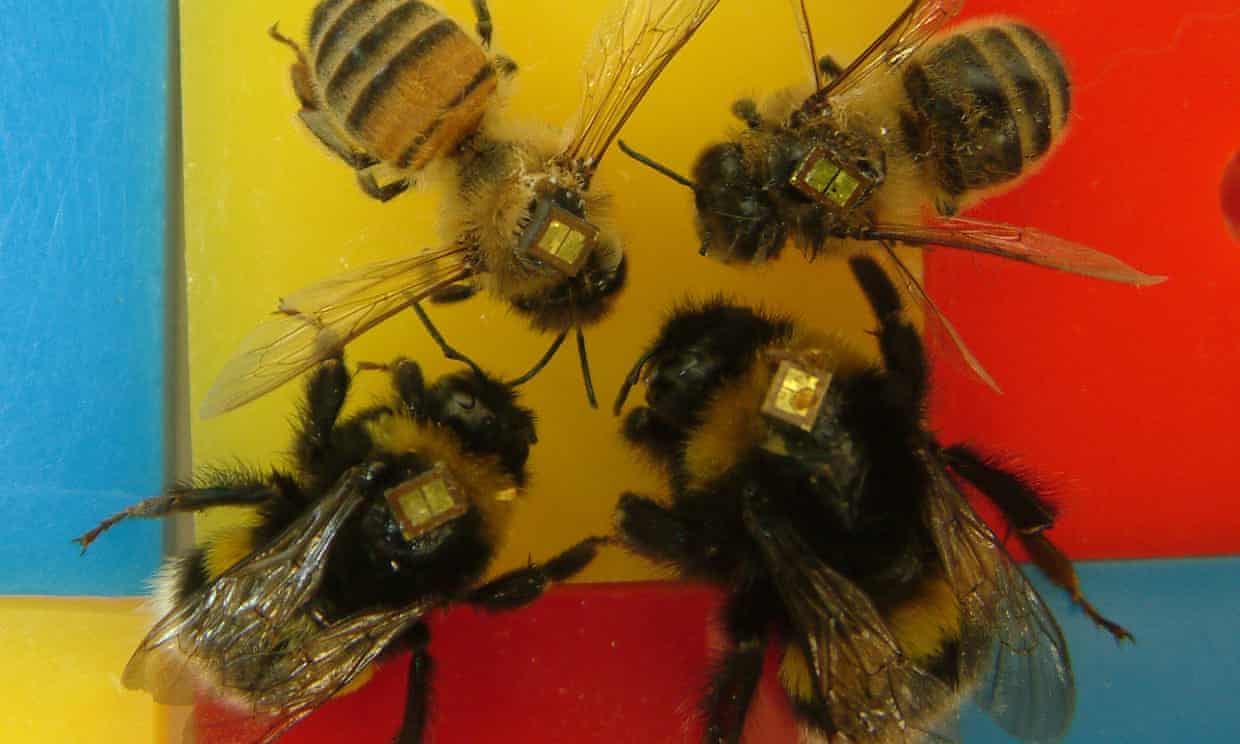
We all know these busy insects are good for crops and biodiversity, but proof is emerging that they are also clever, sentient and unique beings
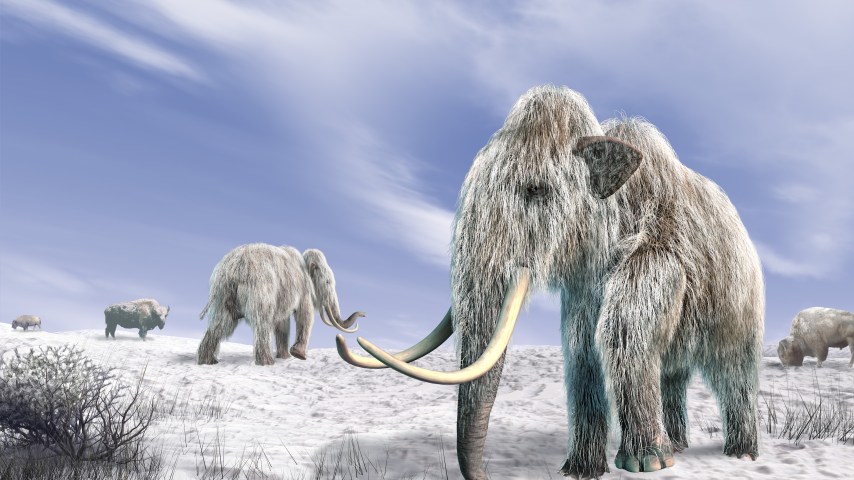
The death of the dinosaurs allowed mammals to become ascendant. But the history of mammals stretches far deeper than that. The first mammals go back about 325 million years, when the ancestral mammal lineage split from the reptile line.

Over 50,000 years ago, giant carnivorous storks would have competed with ancient hominins for food on a tropical island.
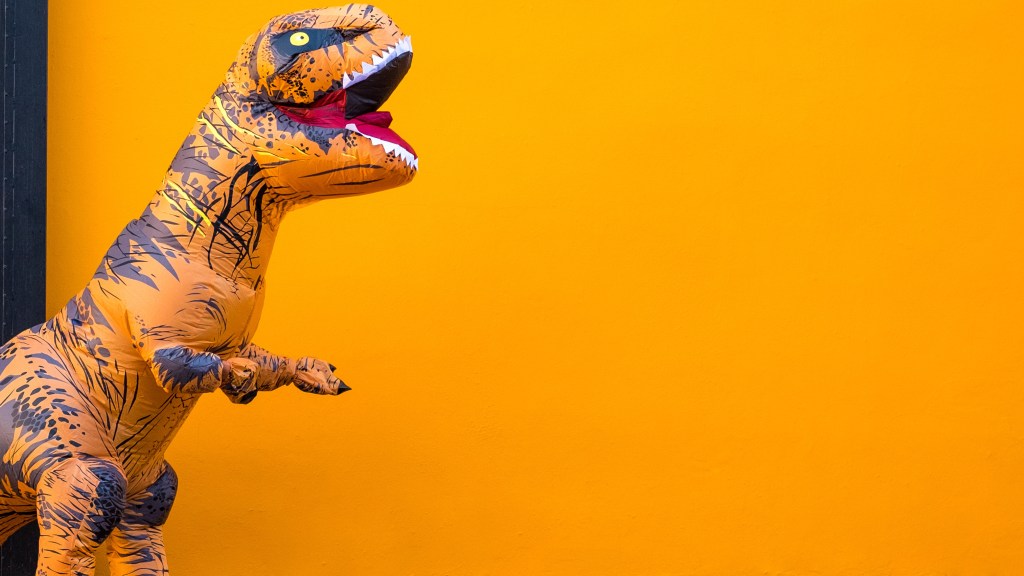
Predatory dinosaurs with big skulls tend to have tiny arms. Researchers propose there might be a direct link between those traits.








